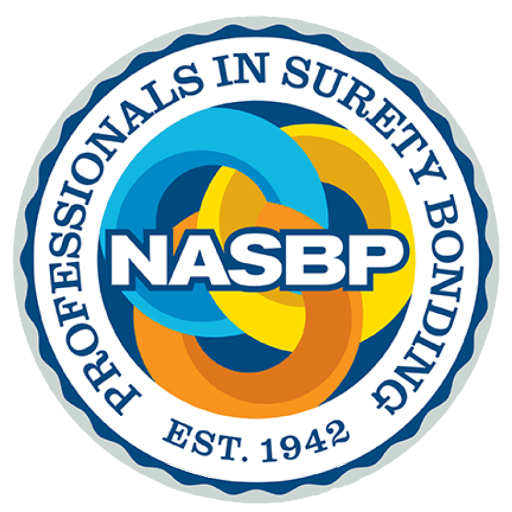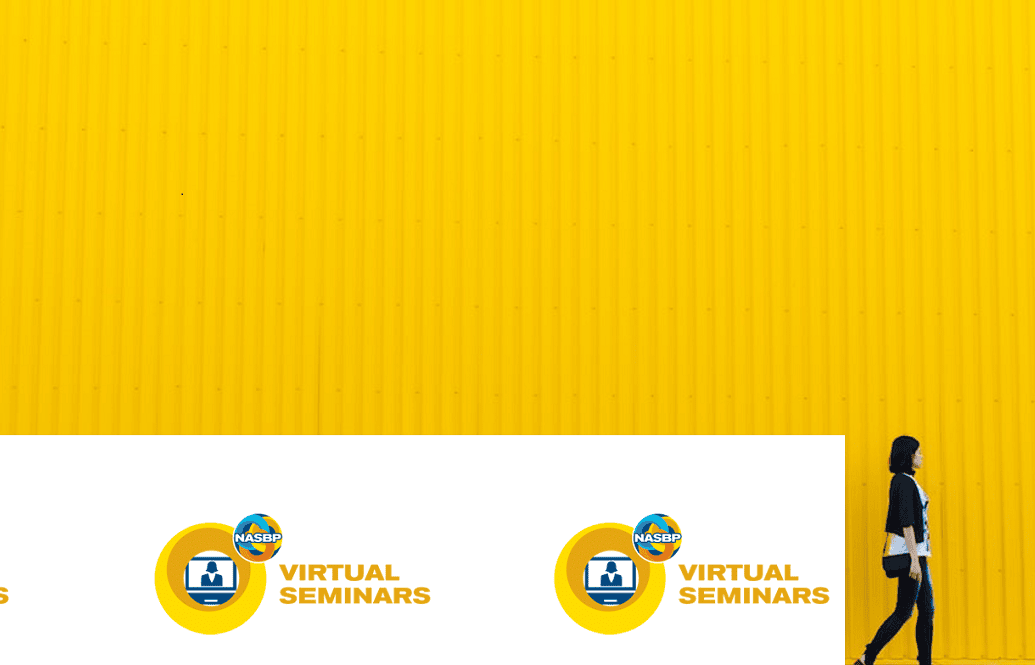
Reaching Further and Farther on Small and Disadvantaged Business Bond Education
Through its individuals and organizations, the surety industry has made many significant efforts over the years to reach out to, inform, and educate small and disadvantaged construction businesses on ways to achieve surety credit. In fact, in my more than 15 years at NASBP, I can say that such efforts have been a constant presence and activity conducted by NASBP volunteers and staff, and such efforts certainly pre-date my time at NASBP. Of course, that makes complete sense, as there are always new entrants into the commercial construction industry, and a subset of those businesses need guidance on qualifying for surety bonds.
Not too long ago, NASBP created the Small & Emerging Business Committee, in part to centralize and to concentrate efforts toward increasing bonding awareness and outreach to small, emerging, and disadvantaged construction businesses. This Committee has been very active since its creation, pioneering a program with the U.S. Small Business Administration to bring half-day bonding awareness programs to cities across our country, not surprisingly called “Bonding Across America.” These were conducted until the occurrence of the COVID-19 pandemic. The Committee also created the NASBP Bonding Awareness Toolkit, a kit of presentation templates derived from that program, so individual NASBP producers can use those templates to host similar bonding awareness events locally.
NASBP also created many small contractor bonding education resources, many of which were housed on a specific website, SuretyLearn.org. That website also linked to an online course for small and disadvantaged contractors to learn about the bonding process drawn from the content of NASBP’s former publication, the Basic Bond Book (which had gone through two editions over the years but was not being published in print by NASBP any longer). This online course is narrative “heavy” and not interactive, but does provide helpful information to course takers.
NASBP also has supported The Surety & Fidelity Association of America (SFAA) efforts geared to the same purpose, most notably the SFAA Model Contractor Development Program (MCDP). NASBP staff often helped SFAA staff identify and match local NASBP bond producers to local MCDPs, where those producers served as critical instructors for program topics. Many of those programs were done in conjunction with the U.S. Department of Transportation, which several years ago created a formalized program, offered through the Office of Small and Disadvantaged Business Utilization and its network of Small Business Transportation Resource Centers (SBTRC) around the country. The Program became formally known as the Bonding Education Program. Again, the COVID-19 pandemic put a crimp in hosting in-person bonding education events.
This year, SFAA invited NASBP to partner with it to develop a free, online education platform for small and emerging contractors that includes a series of interactive instructional modules and a mentoring component. The educational platform, titled “Contractor Bonding Education and Mentoring Program for Construction Firms” was created by NASBP and SFAA members and staff, who served as subject matter experts to create the course content.
Some of the subject matter experts involved in the program’s development are: myself; Lawrence LeClair, Director of Government Relations, NASBP; Mike Baxter, LA Surety Solutions LLC; Monica Donatelli, IMA Corp.; Chris Downey, Downey and Company; Devin Moore, Moore Surety Bonds Agency; Kara Skinner, Integrity Surety; Jill Tucker, Insurance Underwriters, Inc.; Julie Alleyne, Vice President, Policy & General Counsel, SFAA; Stephen Taylor, Director of Policy and Assistant General Counsel, SFAA; Greg Horne, AVP Contract Surety, Liberty Mutual Surety; William Eschert, Home Office Director, Nationwide; and Dave Pesce, Head of Surety, Munich Re Specialty Insurance.
The subject matter experts focused the curriculum on the pathways for how small and disadvantaged contractors can qualify for surety credit, the actions they may need to take, and the obstacles they may need to overcome in getting there. The new platform was designed to engage participants with the subject matter through videos, exercises, and self-assessments.
The program, which is expected to be available before the end of the year, includes the following three learning pathways, which total nine modules.
- The Complete Contractor Bonding Education Modules
- Transactional (Credit-Based) Surety Bond Application Modules
- Traditional Surety Bond Application Modules
After completion of one of the course pathways, the contractor can decide then to enter a mentoring process for assistance in crafting an action plan for that construction business to achieve bonding.
Once the program is launched, SFAA and NASBP will seek to establish linking and promotion agreements with construction contracting organizations and with governmental agencies, thereby promoting the program to and throughout the commercial construction community. The development of this unique, 24/7 available education resource program will further extend the reach of the surety industry to small and disadvantaged businesses, advancing NASBP’s mission of surety education further and making the prospects of 2022 even more exciting! NASBP will alert the membership when this exciting new program is launched.
Get Important Surety Industry News & Info
Keep up with the latest industry news and NASBP programs, events, and activities by subscribing to NASBP SmartBrief.




